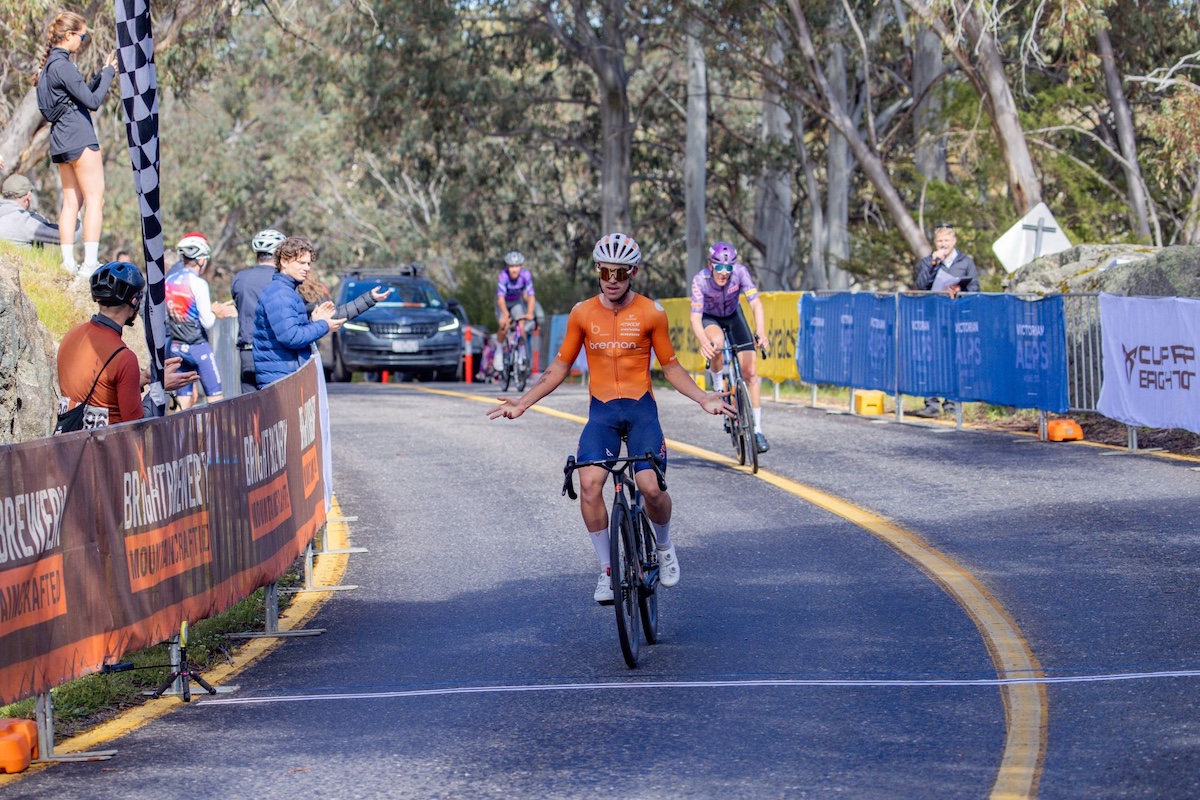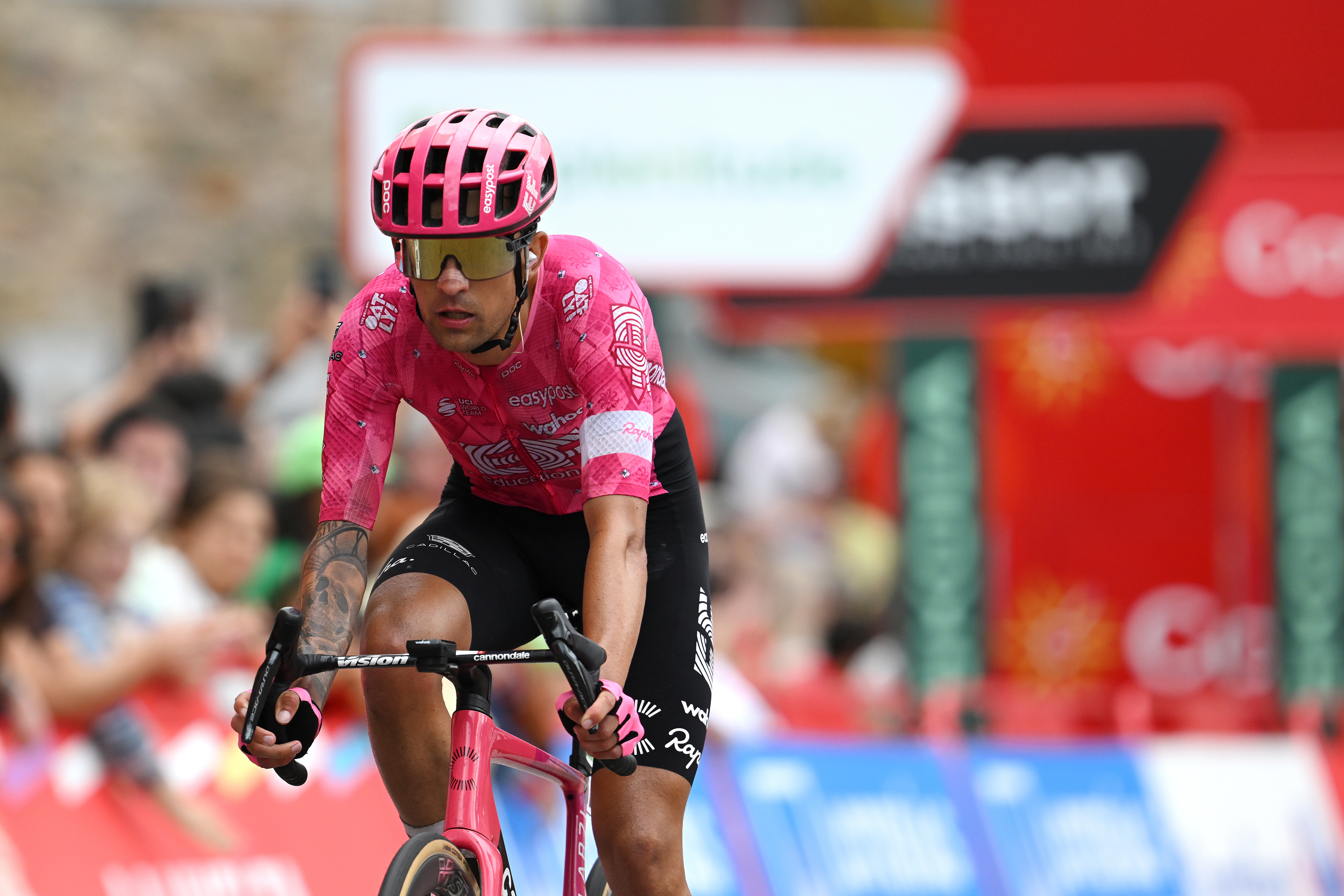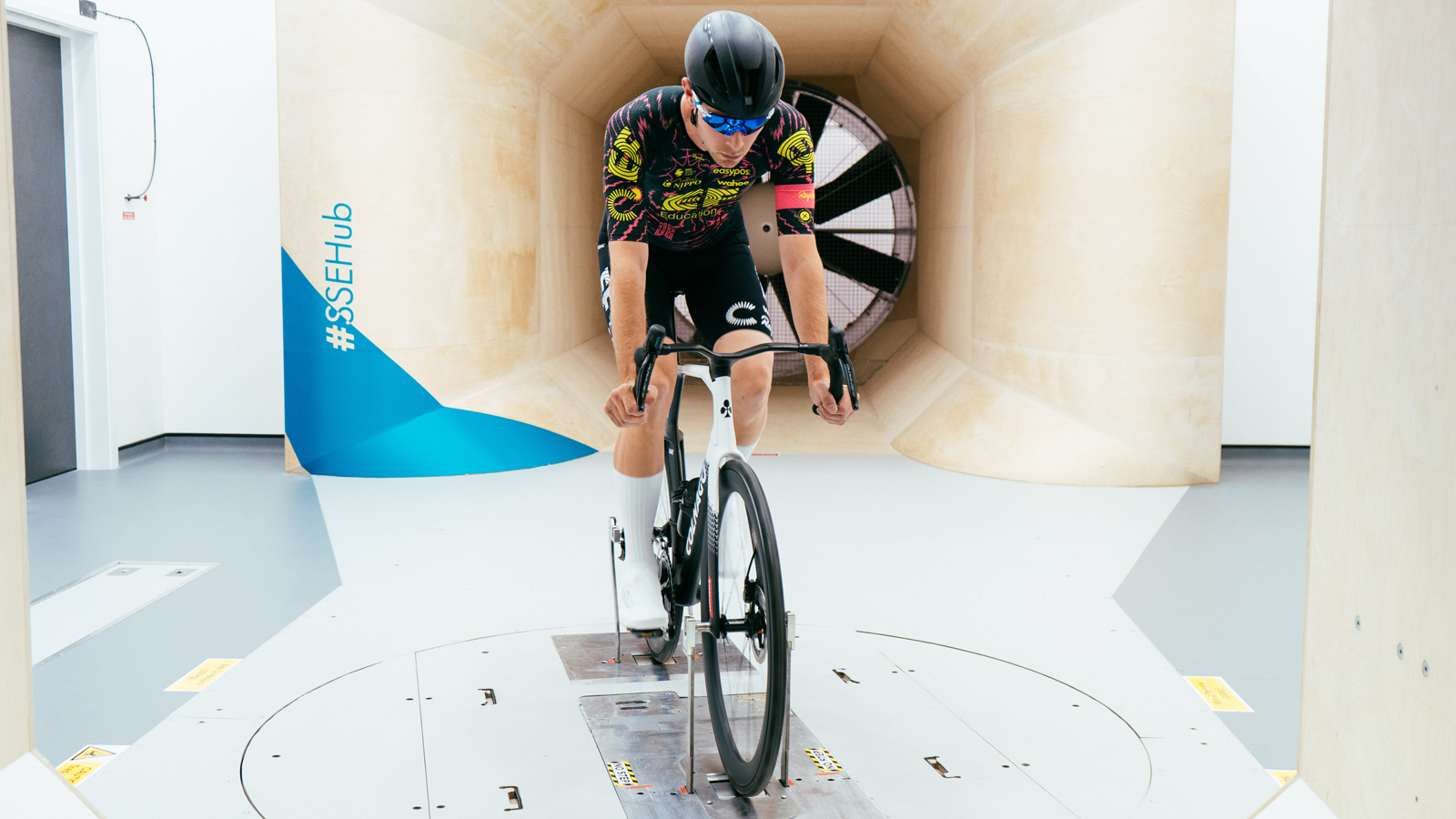Giro d'Italia 2023 stage 4 preview - ‘In today’s cycling, Lago Laceno won’t make a big difference’
Pozzovivo on how Evenepoel will dictate the play on the first big climbs as the Giro d'Italia hits the mountains

Subscribe to Cyclingnews for our best Giro d'Italia coverage
Did Domenico Pozzovivo ever dream he would pass this way again? Even as winter turned reluctantly to spring, long after the route of the Giro d’Italia had already been announced, the Italian had no guarantee that he would be present in the gruppo on stage 4 to Lago Laceno, the scene of his solo victory in 2012.
In early March, the 40-year-old was finally able to confirm his 19th professional season after agreeing to a late, late deal with Israel Premier Tech. “I always believed, I was never resigned, not for a minute,” Pozzovivo told Cyclingnews at this, the 17th Giro of his career.
The crooked road up the Colle Molella is the same one Pozzovivo climbed eleven years ago. The 12% ramps a mile or so from the summit are the same, too, as is the plateau over the top, but the contours of the Giro itself have changed utterly in the intervening period.
Despite the familiarity of the terrain, Pozzovivo believes the situation that presents itself on Tuesday afternoon will be almost unrecognisable from the Giro’s last visit to Lago Laceno in 2012. On that occasion, Pozzovivo danced clear on the steepest section of the Colle Molella to take the stage honours over the top, while Ryder Hesjedal battled grimly to hold onto a reduced group of favourites and retain his pink jersey.
“In the cycling of today, it’s not a finish that can make a big difference,” Pozzovivo said. “It might be a stage for the break. It depends a bit on what other teams do and whether Remco Evenepoel wants to let the jersey go for a few days.”
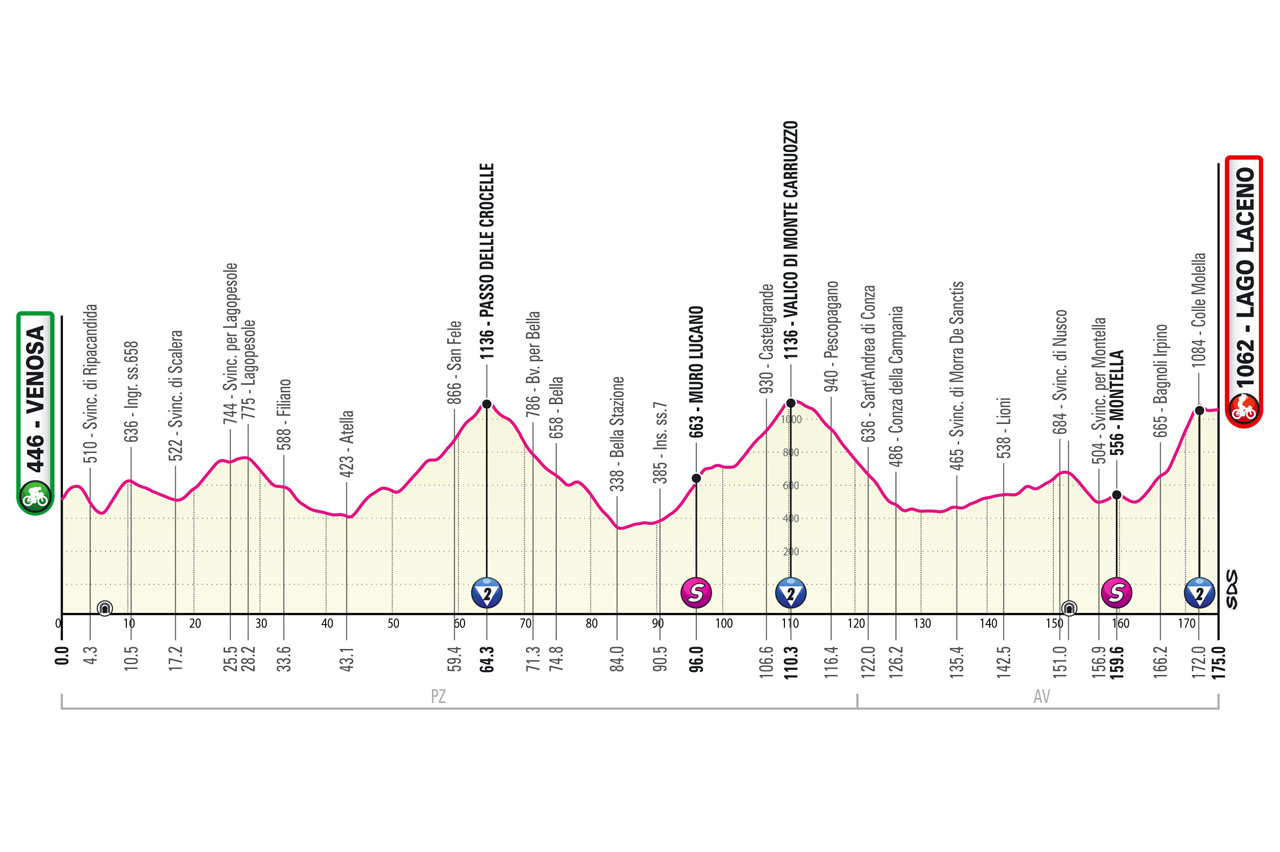
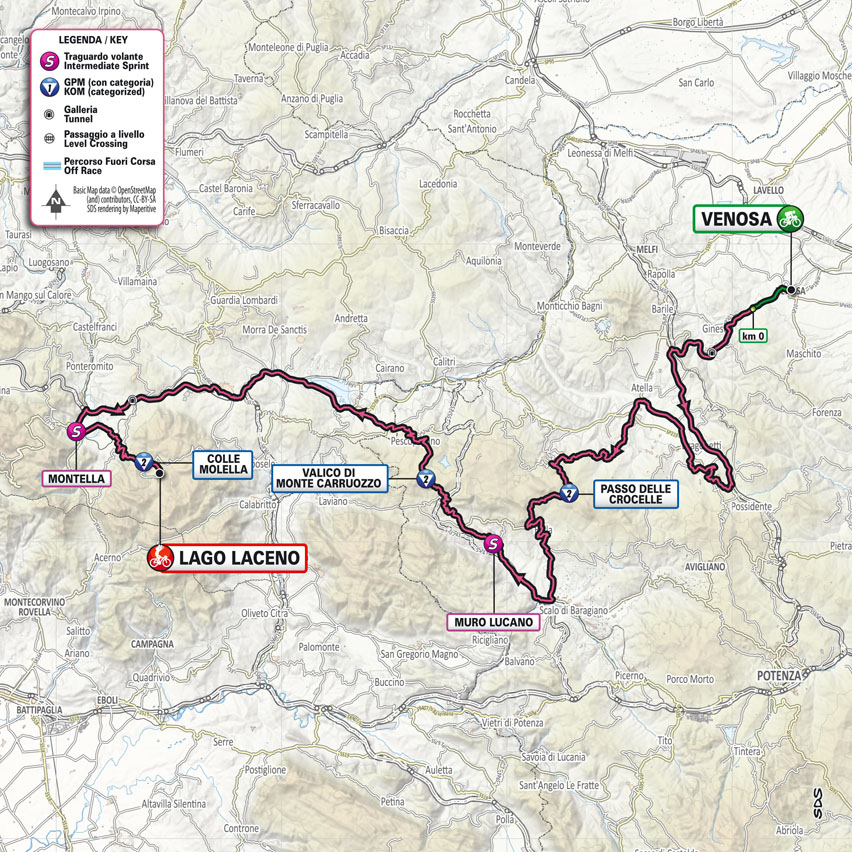
For all that this Giro has been billed as a duel between Evenepoel and Primož Roglič, Pozzovivo maintained that the overall depth of the field is far greater now than it was a decade or so ago. The upper reaches of the Colle Molella are just as steep now as they were then, but the differences among the strongest third of the peloton are not quite as pronounced.
The latest race content, interviews, features, reviews and expert buying guides, direct to your inbox!
“The number of riders capable of producing certain kinds of performance has increased,” Pozzovivo said. “Nowadays, there are more riders reaching a level that was reached by maybe only ten riders in the gruppo back at that time. Now there are maybe 30 riders who can produce those kinds of performances.
“There could be attacks from the contenders on the final climb, but I don’t think they’ll make much of a difference – unless Remco has the legs that he had on Saturday, obviously, then maybe he could drop everybody.”
It’s a thought echoed by Joe Dombrowski (Astana-Qazaqstan), who is likely to be among the riders trying to get up the road early and into a break that could go the distance. “There are your standouts, like your Tadejs and your Remcos, but then below that, there are a lot of guys who are quite similar, so how do you make the difference?” he told Cyclingnews.
“And to some extent, once you start climbing fast enough, staying in the wheel does make the difference. So I would just say there are more and more small things that are being exploited, like aerodynamics. We can look at the speeds on the climbs, but even the changes we’ve seen just in tyres in the last two or three years is significant.”
Will Evenepoel give away the maglia rosa?
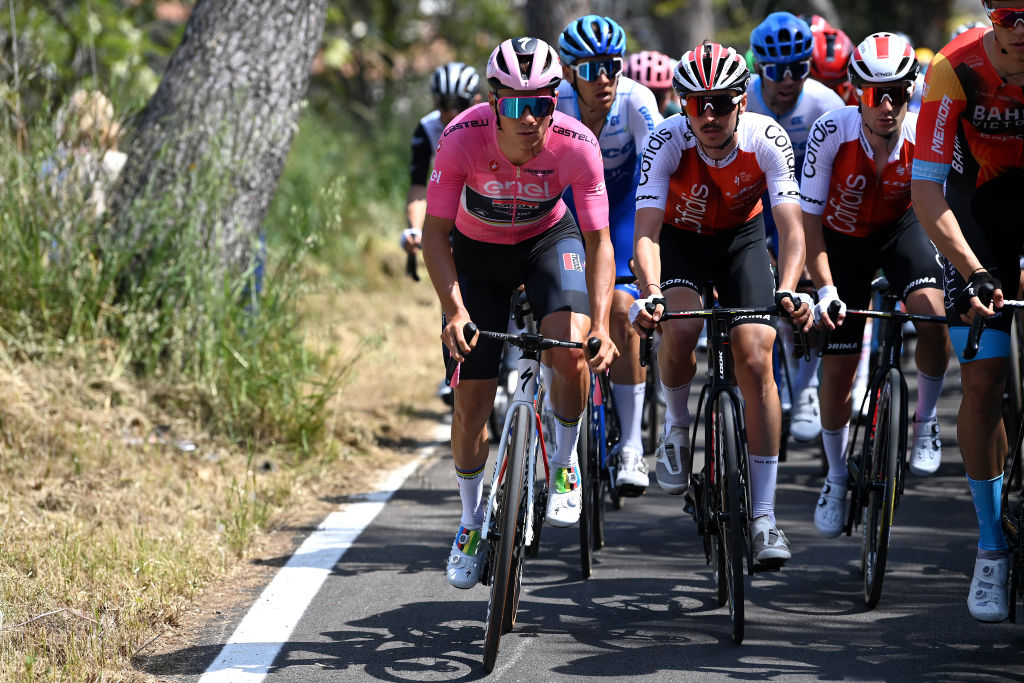
Evenepoel’s approach to the Giro’s first mountains will inevitably dictate much about how the day unfolds. The Belgian has hinted at a willingness to shed the weight of the maglia rosa for a spell this opening week, and there is ample terrain for an early break to go the distance on stage 4, which climbs immediately after the start in Venosa. Then again, Evenepoel sprinted to beat Roglic to the bonus seconds in Rapolla in the finale of stage 3. His generosity may have limits.
“I wouldn’t be surprised if Remco’s kind of looking to loan out the jersey for a while,” said Dombrowski. “I think there’s a pretty good chance it’s a breakaway stage, but I think a lot of people are thinking that. There’s a bit of an uphill at the start, but it’s not a super long climb, so it’s not only about legs. And if everyone wants to go, then you need to be smart and also a little bit lucky to get in the break.”
After that undulating start through the Vulture area, whose volcanic soil is populated with vineyards producing a noted Aglianico, the Giro climbs above 1,000m for the first time with the category 2 Passo delle Crocelle after 64km. The category 2 Valico di Monte Carruozzo follows, but any skirmishes among the general classification contenders will not come until the final haul up the category Colle Mollela, which climbs for 9.6km at an average of 6.2%.
Those figures mask the true difficulty of the ascent. The lower portion out of Montella is relatively gentle, but the gradient stiffens considerably in the final 4km. In 1998 Marco Pantani forged clear here after a spirited duel with maglia rosa Michele Bartoli, but both men were then overhauled by Alex Zülle over the top of the climb, and the Swiss rider proceeded to hammer home his advantage on the rapid, 3km plateau to the finish at Lago Laceno.
“It’s a climb that stays above 9% for a good 3km, but the fact that it flattens a bit over the top means that it might dissuade attacks, especially because there’s still a long way to the finish along the altopiano,” Pozzovivo said.
Evenepoel came to Campania last winter to reconnoitre the stage, and he was enthusiastic about the Lago Laceno when he took a seat behind the podium in Melfi on Monday. The plateau after the top of the Molella, after all, might well suit a rouleur of his gifts.
He may even sense a chance to extend his lead current advantage of 32 seconds over João Almeida (UAE Team Emirates) and 44 seconds on Roglic. “Even if there is a break, I also expect there will be some racing going on behind on the last climb,” said Evenepoel.
Bora-Hansgrohe directeur sportif Enrico Gasparotto, however, is not convinced that the Giro’s first mountain stage will produce anything more than what race director Mauro Vegni likes to call “una scrematura” – a skimming of the group of favourites. That is, after all, precisely what ensued on Mount Etna on the corresponding stage a year ago, where the selection came from behind rather than in front.
“We all know that the third week is very demanding,” Gasparotto told Cyclingnews. “At Etna, we all thought something might happen, but in the end, the GC contenders watched one another and they came home in a group of 20 or 25 riders after a climb of 20km. I think something similar could happen here.”
Pozzovivo can doubtless relate to the idea. His solo triumph at Lago Laceno at the end of the opening week in 2012 sparked speculation that he might even win the Giro itself, but instead, it proved to be the zenith of his race. Having already won the Giro del Trentino the previous month, Pozzovivo began to flag as the race progressed, reaching Milan in 8th overall.
“With the condition I had in the first two weeks, I could even have fought to win the Giro, but in the end, I suffered a bit,” said Pozzovivo. “But it’s still a beautiful memory.”
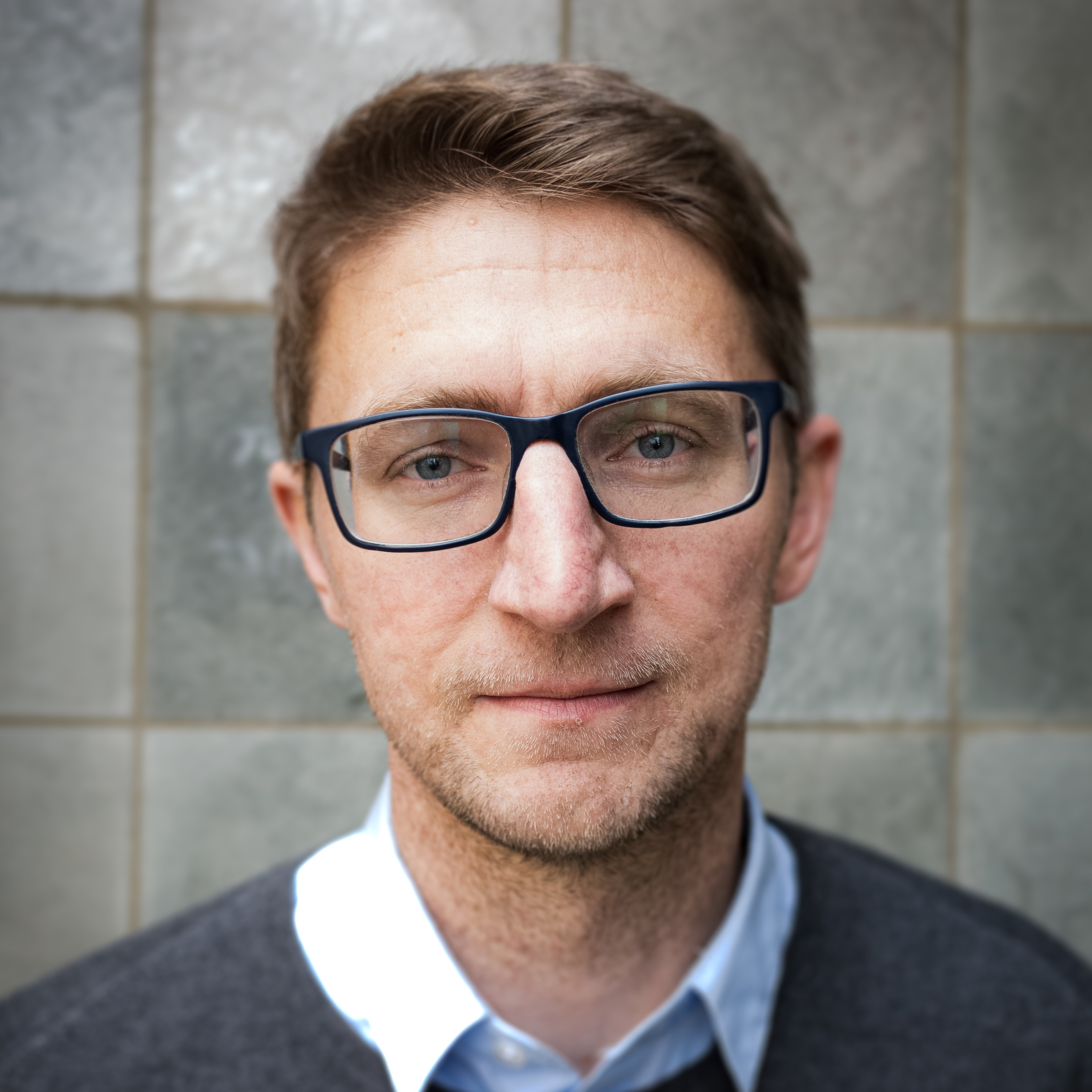
Barry Ryan was Head of Features at Cyclingnews. He has covered professional cycling since 2010, reporting from the Tour de France, Giro d’Italia and events from Argentina to Japan. His writing has appeared in The Independent, Procycling and Cycling Plus. He is the author of The Ascent: Sean Kelly, Stephen Roche and the Rise of Irish Cycling’s Golden Generation, published by Gill Books.
Latest on Cyclingnews
-
Breaking through at the Tour of Bright – Taking a look at some of the up-and-coming riders that stood out at the club race with a history of highlighting talent
From 17-year-old Neve Parslow's charge up Tawonga Gap alongside Brodie Chapman to the Mount Buffalo triumph of 19-year-old Levi Hone -
Tearful Lucinda Brand dedicates tears and World Cup win to her mother on Sunday on record-breaking day
Dutch cyclocross star sets new mark of consecutive cyclocross podiums stretching back to January 2024 -
'I can sleep well now' – Weeks of uncertainty end in 2026 contract extension for British WorldTour rider on EF Education-EasyPost
James Shaw confirms place for 2026 is secure in latest YouTube video -
Best aero road bikes 2025: The fastest road bikes tested and reviewed
The best aero road bikes will help you to ride faster for less effort
